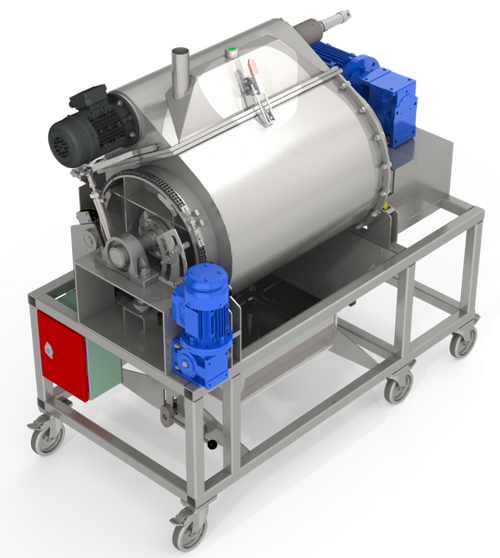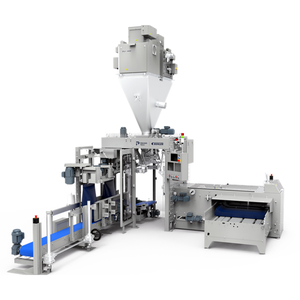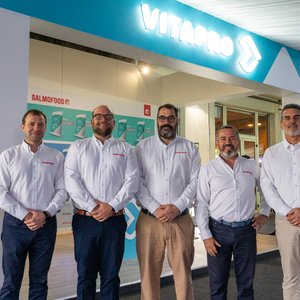The Norwegian University of Life Sciences (NMBU) has developed a patented mixing technology for aquafeeds, IsDeCa® Batch Mixer. The main goal of this technology is to add over 30% of the liquid ingredients based on the fat and proteins, with a technology that is 30% cheaper than twin-shaft paddle mixers, that produces a coefficient of variation (CV) of less than 4.5% in the lab scale and industrial scale relevant environment.
Byproducts for sustainable aquafeeds

“The IsDeCa® mixing technology can compete against existing mixers on the market as single-shaft and twin-shaft paddle mixing technology. In IsDeCa® mixing technology, it is possible to add at least twice as many sustainable liquid-based marine ingredients (protein hydrolysates) to the fish feed compared to any other machine or mixing technology at the market today,” Dejan Miladinovic, head of NMBU Center for Feed Technology, explained.
Sustainable feed is key for the growth of the aquaculture industry. IsDeCa® addresses this problem by directly using byproducts like hydrolyzed ensilage from commercial fishing and/or algae slurry in much higher contents. The byproducts can be used both in fish feed and in animal feed, reducing the need for imported soy protein or fishmeal.
Costs and scalability
Efforts have been made to reduce the structural complexity while maintaining operational excellence. The cost of producing the IsDeCa® is at least 30% less than twin-shaft mixers, Miladinovic said.
The verification at the industrial scale was done by the Center for Feed Technology (FôrTek) at NMBU. “The main challenge for up-scaling IsDeCa® was to verify existing results from a small 60-liter prototype in a machine of industrial proportions of 1,000 liters. This was achieved with great success, and we now have a 1000-liter IsDeCa® mixer with the same amazing abilities as the 60-liter mixer. Our mathematical models and simulations are telling us that the same upscaling methods are possible even for 10,000-liter mixer,” Miladinovic explained.
Turkish feed machinery producers, FeedTech, will commercialize the technology.










